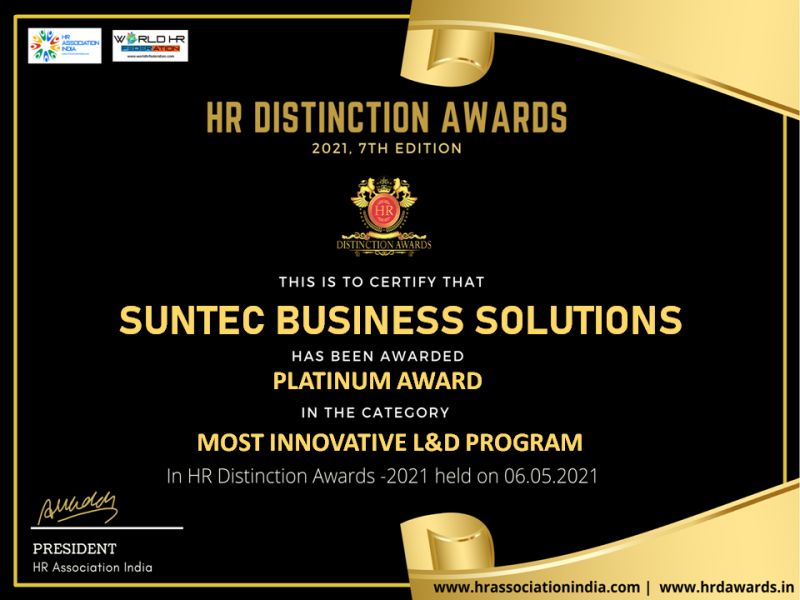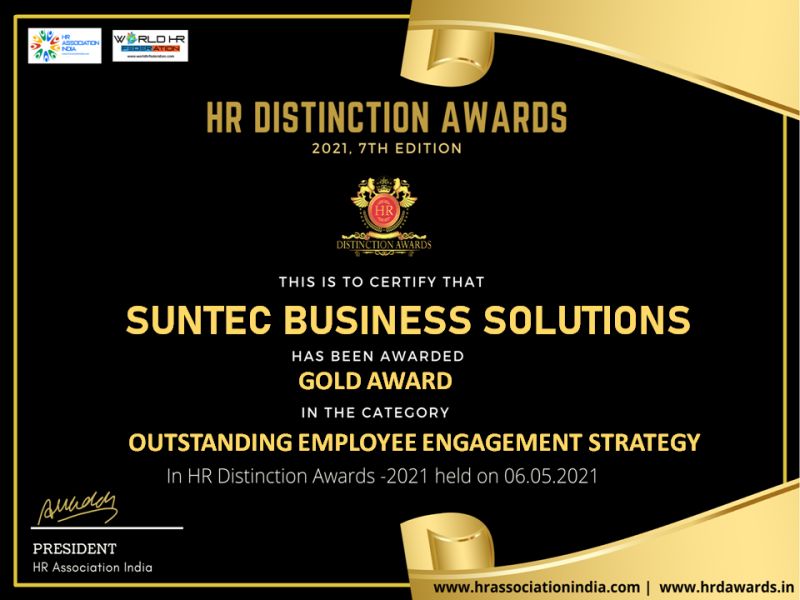
The credit card industry is an interesting space to be in right now. Consider this – Chase has partnered with select airlines to create co-branded credit cards that offer new members a unique welcome bonus against their next international flight. In India, the country’s leading PSU bank SBI has partnered with lifestyle brand Fabindia to offer a co-branded, contactless credit card for premium customers. And ICICI, another leading Indian private bank has joined hands with Amazon Pay to launch a contactless card that has already on boarded two million customers. The banking and financial services sector is witnessing an incredible pace of change and the credit card segment is no exception. As more customers move away from cash and innovative digital payment models emerge, the credit card industry must reinvent itself to retain their edge in the market.
The concept of using valueless instruments for buying and selling can be traced back to the earliest human civilizations. Since then, the idea of shopping on credit using a representative transactional item has had many permutations, till it finally evolved into the Diners Club Card of the 1950s – the true precursor to the modern-day credit card. The banking sector was quick to capitalize on this opportunity and credit cards grew to become a USD 100 billion industry by 2020 with over 80 percent of customers preferring cards to cash. But after decades of operations, it is now time for credit card issuers and banks to re-evaluate their strategy considering the current market context.1 2
The market at the moment is being driven by changing consumer behavior and preferences. Cash is almost dead as customers seek out innovative digital methods of payment. By 2016, 95 percent of Canadian credit cards had enabled contactless options and 75 percent retailers had developed the capacity to handle contactless payments.3 By 2018, 83 percent of payments in China were being made through mobile apps.4 And then came 2020 – the year when everything changed. As the COVID-19 pandemic wreaked havoc across the world, payments went through an accelerated pace of change. Mastercard estimates that a whopping 79 percent of customers across the world used contactless payments in 2020 and 74 percent intend to continue using these payment options even after the pandemic.5
In addition to contactless payments, customers today expect considerable degree of personalization and autonomy over their banking activities, including their credit card usage. They want ease of use, flexibility and above all a seamless and relevant experience with their credit cards. They are also spoiled for choice. From digital wallets to the emerging Buy Now Pay Later service, customers today have myriad options when it comes to how they shop and manage their money. Even fintechs are getting into this space with innovative new offerings such as BlockFi’s soon to be launched Bitcoin Rewards Credit Card. Credit card companies have to ramp up their game to retain their competitive edge in this market. Contactless payments are of course a way of life now and will be so for the foreseeable future. It is a space that will see considerable innovation as wearables continue to gain popularity. Already, established players like Fitbit and Apple Watch are offering payment options. There are also fintech start-ups in the space working on purely wearable and app-based payment options. Tech giants like Amazon are offering payment capabilities via their smart home assistants and even biometric authentication-based payment systems are picking up pace.
Established credit card issuers and banks have a significant advantage over new entrants to the field. They already know their customers. Now is the time to analyze customer data to understand their preferences and requirements to offer personalized services as well as rewards. For example, if a frequent flier uses his card to book a family holiday, it would be a good idea to offer him a choice of unique recreational activities at the destination – whale watching in New Zealand, to breakfast with a Disney princess at Disneyworld. Or for instance, enabling customers to pay for their taxi fares using the accumulated reward points or a combination of reward points and credit card. Such personalized attention is welcome and highly appreciated by the modern customer. Offering the customer, a degree of control over the rewards and loyalty programs is also an excellent strategy for ensuring customer delight and loyalty. By opening rewards programs to a variety of options for the customer to choose from, credit card providers can ensure not only a superlative experience but also give them the autonomy they want over their financial transactions.
Like the larger banking and financial services sector, the credit card industry is witnessing significant disruption and must move quickly to capitalize on the opportunities in the market right now. As fintechs and technology giants establish themselves in the market, there will no doubt be many interesting partnerships and innovations that will offer customers a whole new way of buying and managing their finances. The future of credit cards is an exciting one and the world is waiting for the next groundbreaking development.
Sources
1PR Newswire
2Fundera
3Plug and Play
4Daxue Consulting
5Mastercard










